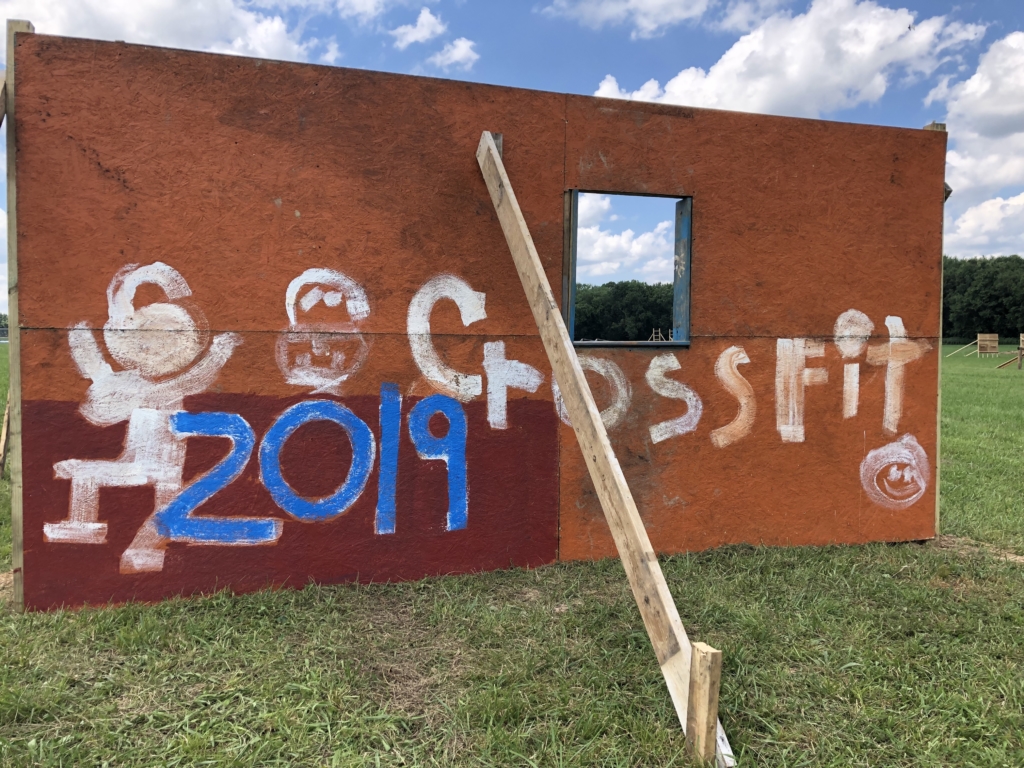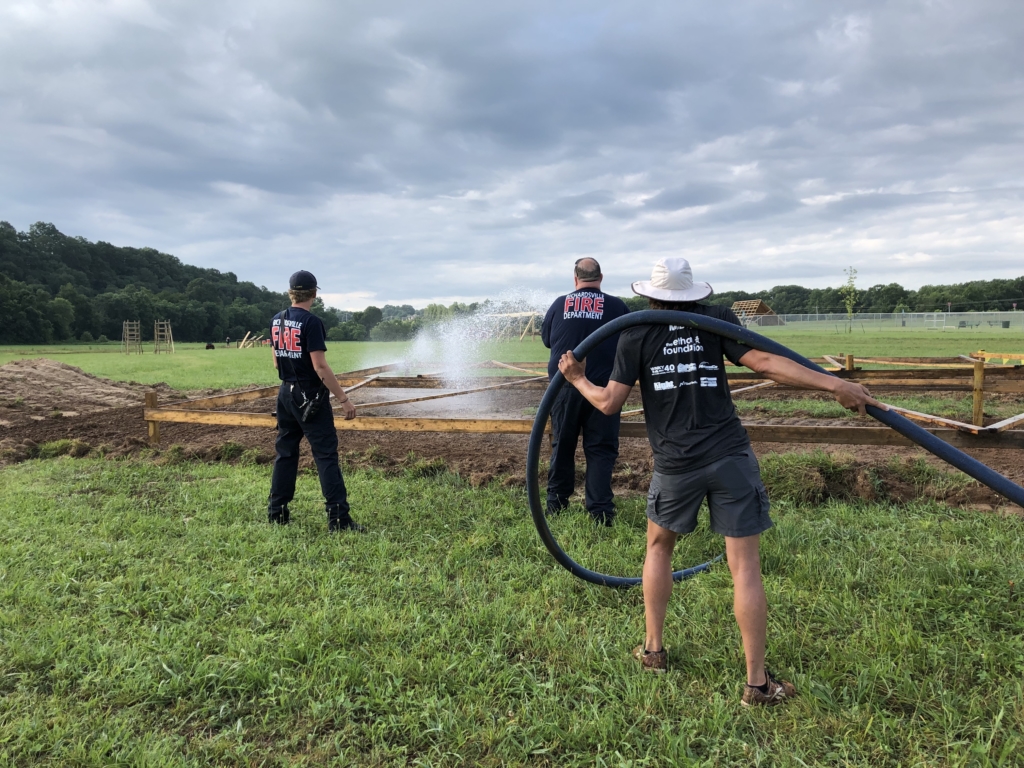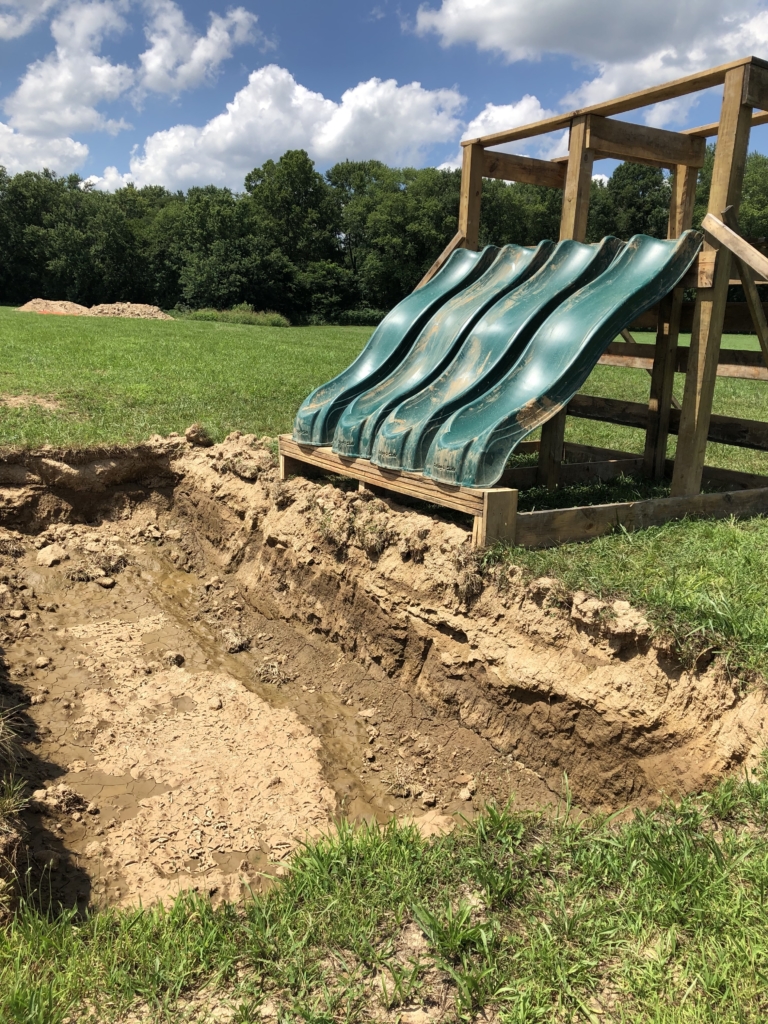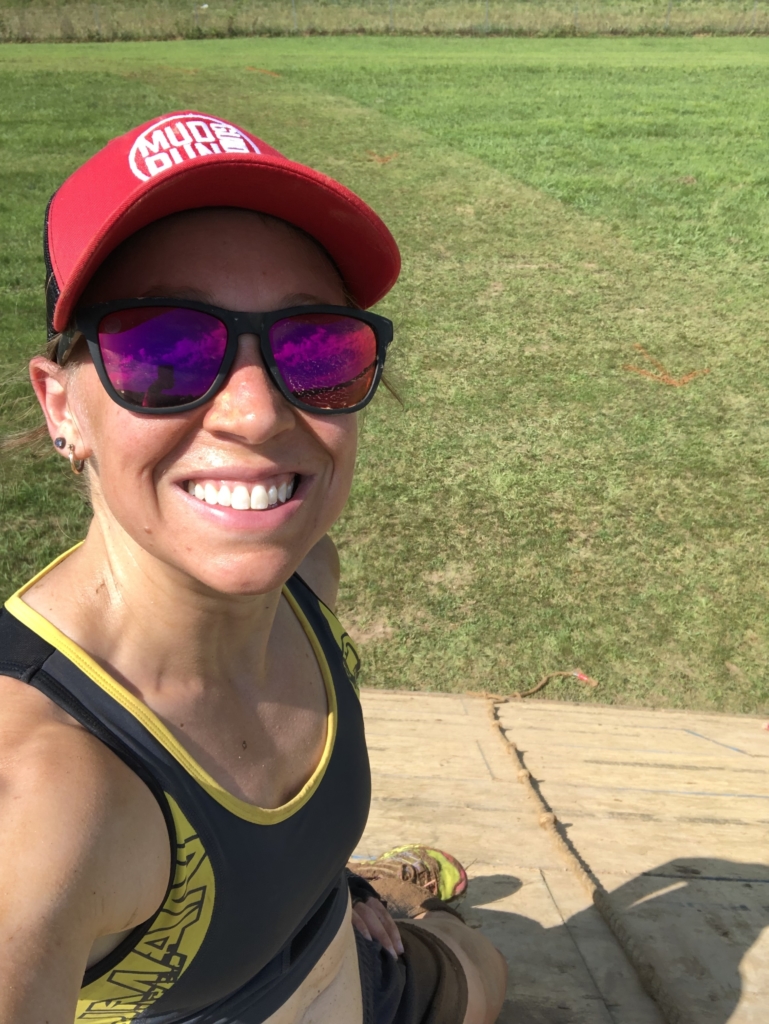Introduction
For this second part of the Race Local series, I made connections with the team responsible for planning and executing the eighth annual BG Gauntlet Mud Run in Bowling Green, KY hosted on Saturday, July 13, 2019. Chances are your journey into OCR began with a local event. Read on to discover what is involved in hosting, growing, and maintaining a local fundraiser.
Mission to Concept
The Gauntlet is a fundraiser for the Ethan Foundation, a 501(c)3 nonprofit organization whose mission is to promote health and wellness in area youth. Such a mission primed the organization to host an athletic-based event. Whereas the area was saturated with 5K races already, Caitlin Greenwell, director of the organization, expressed,
“Bowling Green, Kentucky was missing something with a little adventure behind it. This race is a great way for the entire family to come out and enjoy an exercise-based event that is 100 percent fun. Being active doesn’t have to be a chore, and that’s what we’re here to spread.”
Planning to Execution: Trials and Tribulations
Over its eight years, the Gauntlet has grown to feature 25 obstacles and host an average of 350 racers each year. Greenwell explains that the process starts roughly 10 months out from the next event. In fact, the team has already secured next year’s event for Saturday, July 11, 2020! Though the crew at the Ethan Foundation and members from partnering organization, CrossFit Old School, dedicate countless hours to planning and setup, volunteers and community partners are essential to the success of the event. This year was no exception, and the event was not without its hiccups.
Greenwell expressed that the original contractor backed out the week of the event. This was huge considering the significant digging required to create muddy pits and adequate depth for safe grounding of obstacles. Luckily, the planning team secured another local partner within days of the event, and competitors were none the wiser.
An inevitable struggle when hosting a race happens when the plan does not meet execution. Weather falters. Vendors back out. Volunteers are over-committed. In the case of this 2019 event, Mother Nature did not deliver the promised soaking, and the volunteer fire department committed to watering down the course arrived late leaving minimal time to prepare the course adequately. (Circumstances are unknown at the time of writing for the delay.) That morning, volunteers hustled and adapted with last-minute complications to deliver the best possible experience for racers rapidly gathering at the start gate.
Understanding that the planning process must remain relatively fluid, sometimes a circumstance turns into an opportunity. In the case of this year’s event, course planner, Erin Richter of CrossFit Old School, made a late change that led to the most talked-about obstacle of the day. In previous years, as the water level allows, the course featured a traverse over/through the nearby creek. Locally heavy rains in the weeks prior to the event meant deeper water, which spurred this year’s infamous cliff jump. It was an exceptional example of turning trial into tribulation, and it paid off in smiles and spades.
Keeping it Fresh
OCR as a sport has seen a distinct plateau in growth, and the Gauntlet is no exception. Greenwell described a time which the event saw 600 participants, though the “sweet spot” for the event is 350 runners. A common thread for racers withdrawing from OCR now has much to do with lack of innovation; there is not enough evolution to keep racers interested in returning to the same site, with the same setup year after year. Local racers are no exception to this trend, as a complete overhaul of the course layout, obstacle placement, and implement building is a significant undertaking. To keep the event fresh for returning competitors, both Greenwell and Richter expressed the team’s dedication to innovation. Even skipping last year’s event, I saw many changes between the 2017 Gauntlet to this year’s course. Greenwell states,
“Every year, we try to make the obstacles a little bigger and a litter better. We pride ourselves in the craftsmanship of our obstacles. Yes, we do have your typical pits and mud walls you have to work your way over top of, but we make sure to include things like monkey bars and vaults and teeter totters. These wooden obstacles have a bit of edge to them, but any age – with a little help – can be successful in conquering them. We are always open to suggestion in bettering our course and keep our eyes and ears open to all feedback.”
Local Feels
I’ll be honest here—I hesitated to return to my local OCR after competing in so many larger branded events. My impression was that a local event simply does not have the workforce or cash to create a comparable experience to that which I had become accustomed to the heavy hitters in the sport. I venture to guess that many of our veteran readers are thinking similarly—when the cost of a local is comparable to the sale price of a bigger event, why spend the money and time? Some of you may be thinking, “It’s for charity, you jerk. Don’t complain about the price!” So if money is no object, the barrier likely lies in the lack of challenge and/or innovation. Whereas I have been lucky with the Gauntlet’s dedication to delivering on the challenge, I still see ways it can improve. As such, I discussed serving as a course advisor for the next event, which was met by enthusiasm from key players involved in the Gauntlet.
Readers: here is my challenge to you–if you are not impressed with your local event, get involved. Your unique expertise as an OCR enthusiast can be a great benefit. As I’ve learned planning my own event and through discussions with organizers of several local events, volunteers are ESSENTIAL. Contact your local charitable host organization to see how you can help today!






Leave A Comment